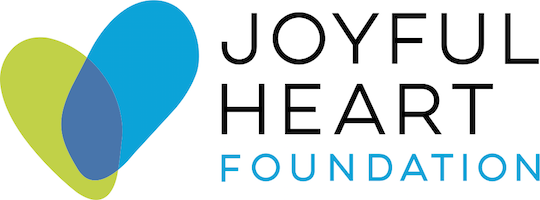You can leave this site quickly.
Learn more about Internet safety.
Joyful Heart in the News
Isle child abuse report rate twice statewide rate
Hawaii County adults are twice as likely to report having been abused as children than adults statewide.
That's according to a recent survey, released this week by the Joyful Heart Foundation. The foundation surveyed 702 residents in all four counties.
Statewide, 9 percent of respondents said they had been abused as children. In Hawaii County, 20 percent of adults reported being abused.
The Joyful Heart Foundation is partnered with the Hawaii Children's Trust Fund. Together, the organizations have put together the One Strong Ohana campaign to educate people about child abuse prevention. Their report focused upon reasons state residents hesitate to report a potential abusive situation. Big Island residents were about as likely to have misperceptions about what would happen if they reported abuse as all state residents, the report said.
Eight out of 10 county and state residents believe the person who reports child abuse will be involved in the case, while 76 percent of residents believe children will be taken out of their homes once a call to Child Welfare Services is made. Sixty percent of residents on the Big Island believe there may be family revenge if they report potential abuse, and 53 percent of residents believe calling child services may cause more problems for the family being reported.
"On the Big Island, people are still very, very reluctant" to make a report, said Paki Story, executive director of Family Support Hawaii. "So much is based on the cultural norms and what's appropriate and not appropriate. A lot of people feel it's none of their business."
Story and other West Hawaii social service providers countered the misperceptions, noting that people can request anonymity when filing a report. People who make those reports typically are not involved in the ongoing investigation and resolution.
And, Child and Family Service Hawaii Island Programs Director Heidi Koop said, a report doesn't automatically result in children being removed from a home anymore, either.
"That's kind of old history," Koop said. "It really depends on how the intake unit considers the risk."
Calls are given low risk, medium risk and high risk assessments, then assigned to different agencies for follow up.
"Family preservation is really highly ranked right now," Koop added. "The culture really in that regard has changed."
Rebecca Transue, project manager for Family Support Hawaii's Enhanced Healthy Start, noted another figure from the survey — that 48 percent of Big Island residents polled said they believed children can do things to prevent abuse.
"The people who need to change are the batterers and abusers," Transue said.
Story agreed.
"It's never OK to abuse that child," he said. "There's nothing that child can do to make abuse OK."
A lack of education about child development can lead some parents into situations in which they abuse or neglect their children, he added. For example, a parent may believe a 1-year-old child is old enough to walk, although not all children that age are at that developmental stage. That parent may attribute the child's inability to walk to defiance and abuse the child because of the perceived misbehavior, Story said.
Transue and Koop both said families who end up working with the service agencies often begin as apprehensive or unhappy at the intrusion, but end up appreciating the new skills they learn.
"Most of the families are grateful they were stopped and given tools to create more harmony and stability in the home," Transue said.
The key behind the intervention and the services Child and Family Service offers, Koop added, is creating a safe home for children.
"The older system was so much more punitive," she said. Abuse "has got to stop. Children have to be safe in the community."




Your Voices